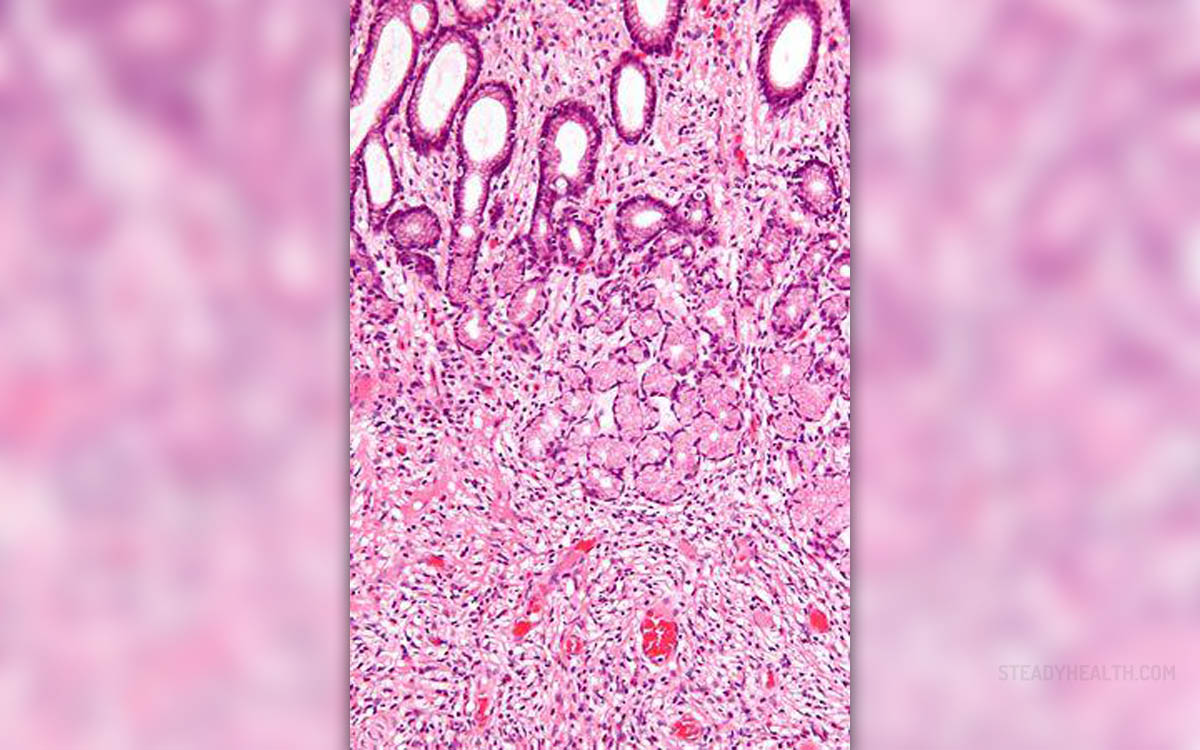
Lungs- how does it all work?
Lungs are among the largest organs in the body, and they are an important part of the respiratory system because they make it possible totake fresh air in, get rid of all stale air and even talk. The lungs take upthe most chest space and there are two of them. The lungs are never of the samesize, as is the case with all other symmetrically juxtaposed pairs of organs. Theleft lung is only slightly smaller so that there would be enough space for theheart. There are 12 sets of ribs, whichare responsible for making up the rib cage and protecting the lungs. There isalso a muscle shaped like a dome, which is located beneath the lungs and it ismedicinally referred to as the diaphragm. This muscle works together with thelungs in order to provide the possibility of breathing in and breathing out.Anatomically speaking, the lungs resemble a sponge quite a lot. The bottom ofthe trachea has two large tubes which are medicinally referred to as the mainstem bronchi and each one heads into its own lung. Once it reaches the lungs,each bronchus branches off into numbers of bronchi which get smaller andsmaller as they branch off ever further. The smallest of them all are about thesame thickness as a hair, and there are tens of thousands of them. They aremedicinally referred to as bronchioles. Bronchioles further branch off intosmall sacs which are referred to as alveoli. There are hundreds of millions ofthem in each lung. Each alveolus is covered with small blood vessels which aremedicinally referred to as the capillaries. There are dozens of body partswhich work together so that a person could be able to inhale fresh air, eventhough it is a thing that occurs without giving it too much thought. Thediaphragm gets contracted and flattened out so it moves down and leaves moreroom for the lungs to grow bigger and inhale the fresh air. The rib muscles arealso helpful as they tend to lift the ribs up and outward to make more spaceavailable for the lungs to expand. As the air travels through the mouth, thenose, down the trachea and on to the windpipe, there are tiny hairs which areknown as cilia which are in charge of keeping the mucus, dirt and otherunwanted particles from getting to the lungs. Once the air reaches the finalstage of the journey, which are alveoli, they get filled with it. Alveoli thenpass the air to the red blood cells which transport it to the heart. The oxygenatedblood gets distributed to all the cells in the human body. Exhaling iscompletely the opposite of all the aforementioned processes. The diaphragmneeds to relax and actually push the air out of the lungs. The rib musclesbecome relaxed again and they move the ribs towards the inside. The bloodcarries the carbon dioxide along with other types of wastes so that they couldbe transported to the alveoli. The harmful matters get breathed out through thealveoli, the bronchioles, the bronchi, the trachea and the mouth and the nose.No particles get stuck to the lungs because they are covered by very slicklayers which are referred to as the pleural membranes. They are separated by afluid which minimizes the friction between them. The voice box or the larynx islocated right above the trachea. Right across it, there are two small ridgeswhich are commonly referred to as the vocal cords. When they are closed, andthe air from the lungs flows between them, it makes them vibrate so that is howvoice is actually made. The bigger the flow of air from the lungs, the louderthe voice will be.
Relevant Statistical Data
Asthma is one of the most common chronic disorders inchildhood as it affects more than 7.1 million children who are under 18 yearsold. It can be triggered by various different types of factors such as physicalexercises, stress, excitement, cigarette smoke, sudden temperature changes,exposure to cold air, cockroaches, different foods, dust, feathers, allergicreactions to various types of allergens, colds and respiratory infections.
Air Pollution Increases Risk of Underdeveloped Lungs
It is a statistically proven fact that children who live inthe areas characterized with more air pollution are actually at an increasedrisk of having underdeveloped lungs. Once that occurs, the lungs cannot ever berecovered to their full, natural capacity, which is a serious medical issue.According to the statistics, the average drop in the lung function is 20percent. Frequent respiratory symptoms are also commonly associated withchildren who have spent up to four years living in areas with high airpollution.




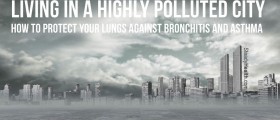


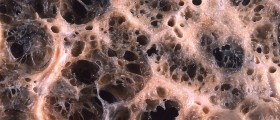

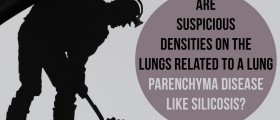
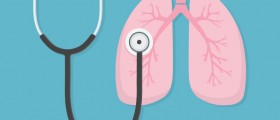
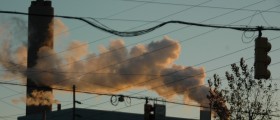


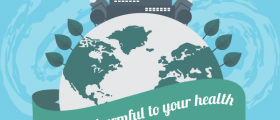
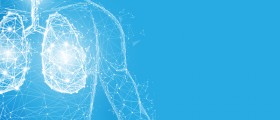

Your thoughts on this
Loading...